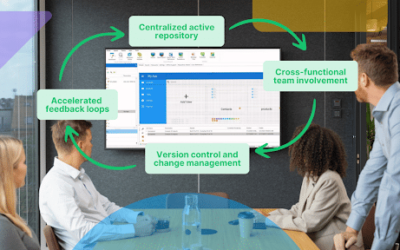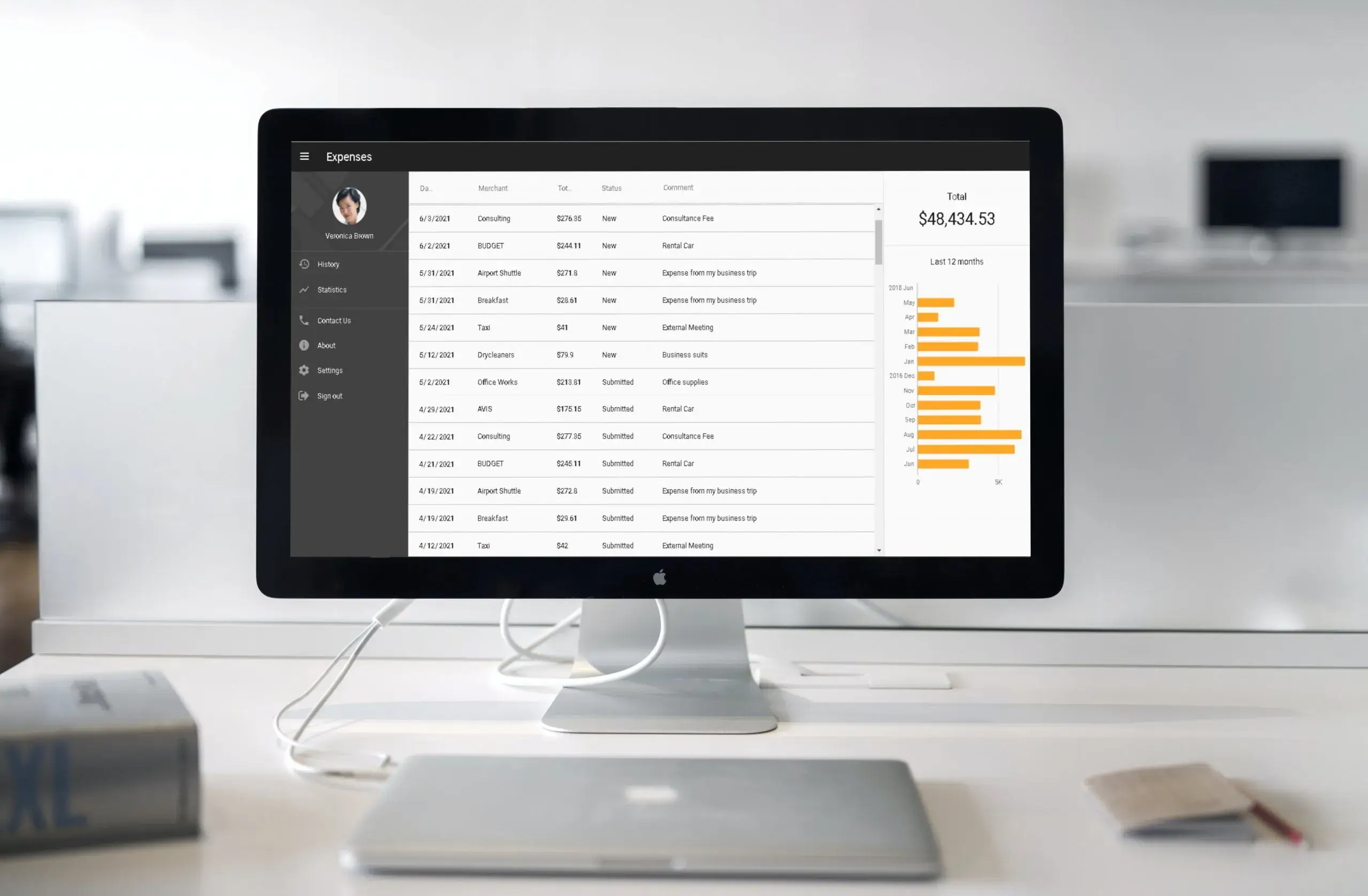I attended a one-day DevOps conference in London last week. It was an enjoyable day – some good speakers on the podium and an intelligent and enlightened audience (from the questions they were asking at least). From the very first session, one of the most important challenges raised by the speakers and the audience was the inability to find enough people with the right skills. The implications of this are wide-ranging; control of development projects is being lost and development timescales are being extended.
It’s one of the key reasons for the growth in low-code development platforms such as Visual LANSA. Alongside being able to deliver applications faster, low-code is about doing more with less when it comes to resources available.
Click here to download our free intro to low-code guide.
Here’s a list of where low-code platforms (and in particular Visual LANSA) requires far fewer resources than traditional app development approaches:
- Equip developers to build all aspects of an application using one language without ever having to leave the single Integrated Development Environment (IDE).
- Rather than having to rely on different developers to handle front end, back-end, database, and middleware, LANSA low-code equips a single developer to build all of those components together. Instead of having to master several different languages, frameworks, plug-ins etc. across the team, with LANSA, one language does it all. It enables an existing developer to become a full-stack developer.
- Enable all developers to extend their existing skills to web and mobile application development.
- All developers, whatever their background, can easily pick up the skills to become web and mobile developers using only one tool.
- Shield developers from technology changes.
- LANSA developers no longer need to concern themselves with revisions made to HTML, CSS, JavaScript and other technologies. LANSA abstracts the underlying technology so developers can concentrate on the functionality they want to build while LANSA will handle the technology implementation.
- Reduce the amount of hand-coding required.
- LANSA’s high-level language means far few lines of code are needed than traditional programming languages. Couple this with the fact that the LANSA framework allows apps to be built with virtually no code and developers can build applications typically between 3-10x faster than before.
- Lower the application maintenance burden.
- Visual LANSA’s repository centralizes and stores database definitions, business rules and many other shared elements of a system. Whenever any of those elements is updated, every application that uses them automatically benefits from the single change. Maintenance and version updates become much simpler to implement and development time is significantly reduced.
- Ease cross-platform deployment.
- Being platform agnostic with features such as the LANSA Repository make it easy to switch database platforms without having to rebuild all the business rules. GitHub integration for deployment repositories makes it easy for LANSA developers to perform one-click deployments and even switch whole systems to new platforms. With very little effort, apps can be deployed to cloud platforms such as Microsoft Azure with LANSA handling all the infrastructure requirements.
With LANSA, the limited developer resources you have can be utilized to a far greater degree and become much more productive than before. That enables better business agility (as the time-to-market for new applications is reduced) and better control over the development and deployment process. A great example of this is the work done by Brunswick. Take a look at the case study to see exactly how Brunswick’s small development team have sped up their development process and made the best use of their limited development resources.


























